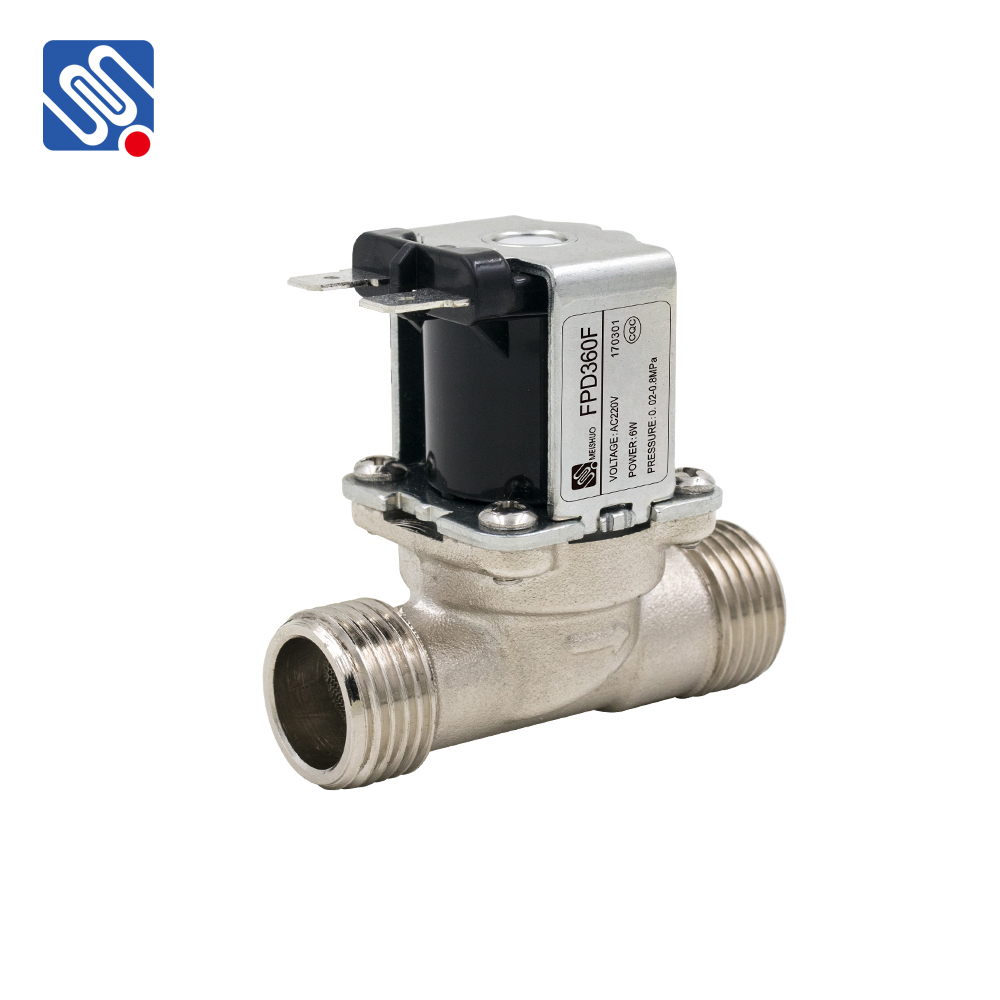Direct Acting Solenoid Valves are pivotal components widely used in various industrial applications for fluid control. These valves operate by using electromagnetic force to move a plunger or diaphragm within the valve body, providing a reliable means of regulating the flow of liquids or gases. In this article, we will delve into the fundamental workings of direct acting solenoid valves, their applications, advantages, and limitations.

How Direct Acting Solenoid Valves Work At the heart of a direct acting solenoid valve lies an electromagnetic coil. When electrical power is applied to this coil, it generates a magnetic field that acts upon a movable plunger. This plunger is mechanically linked to the valve seat, which determines whether the valve is open or closed. In a normally closed (NC) configuration, the valve remains closed when there is no electrical current flowing through the coil. When electricity is supplied, the magnetic field attracts the plunger, thus opening the valve and allowing fluid to flow through. Conversely, in a normally open (NO) configuration, the valve allows fluid to flow without power, closing only when electricity is applied.